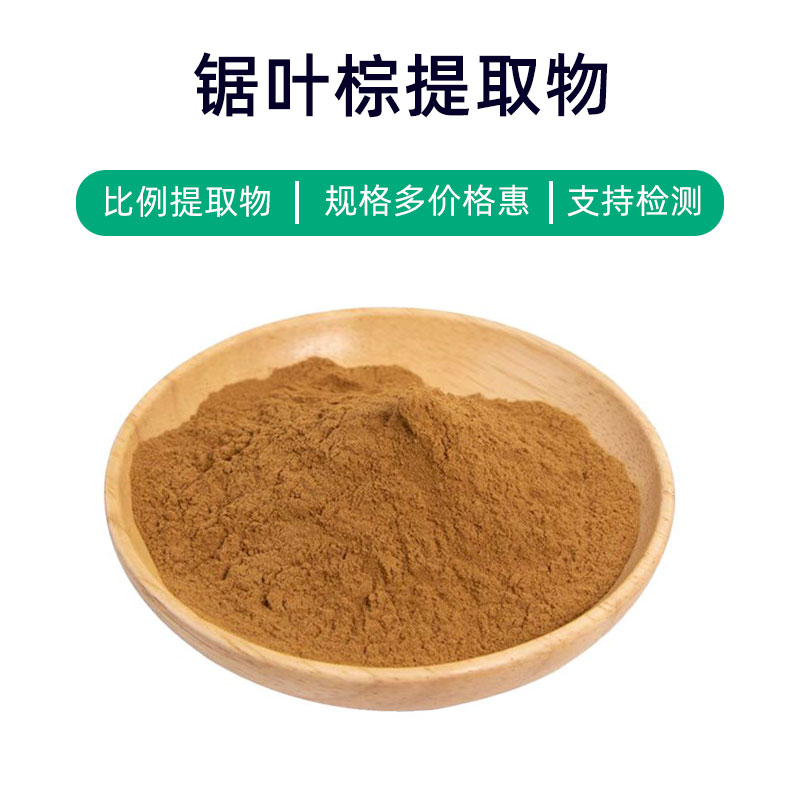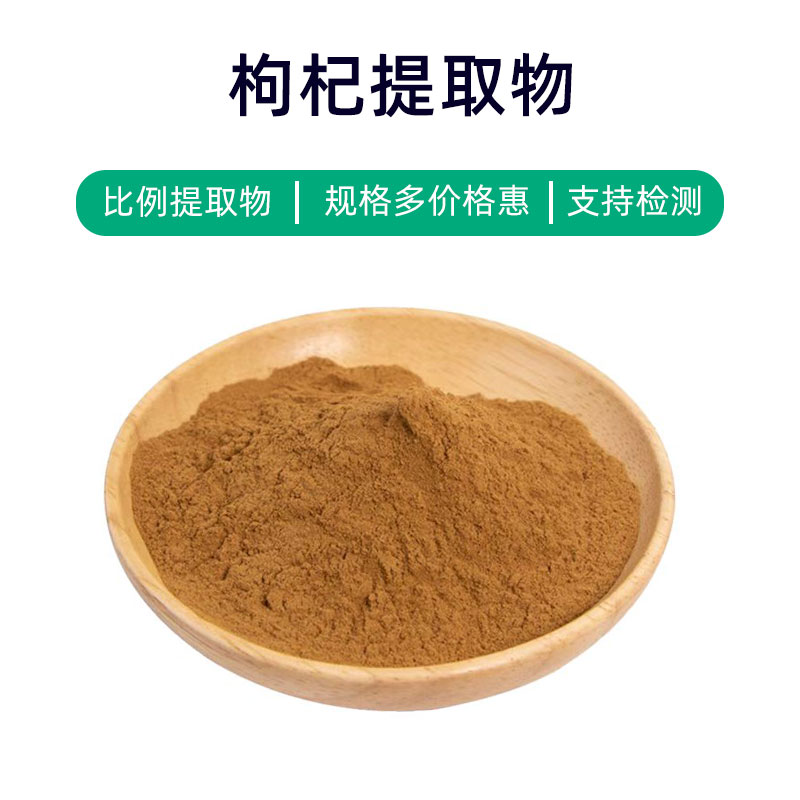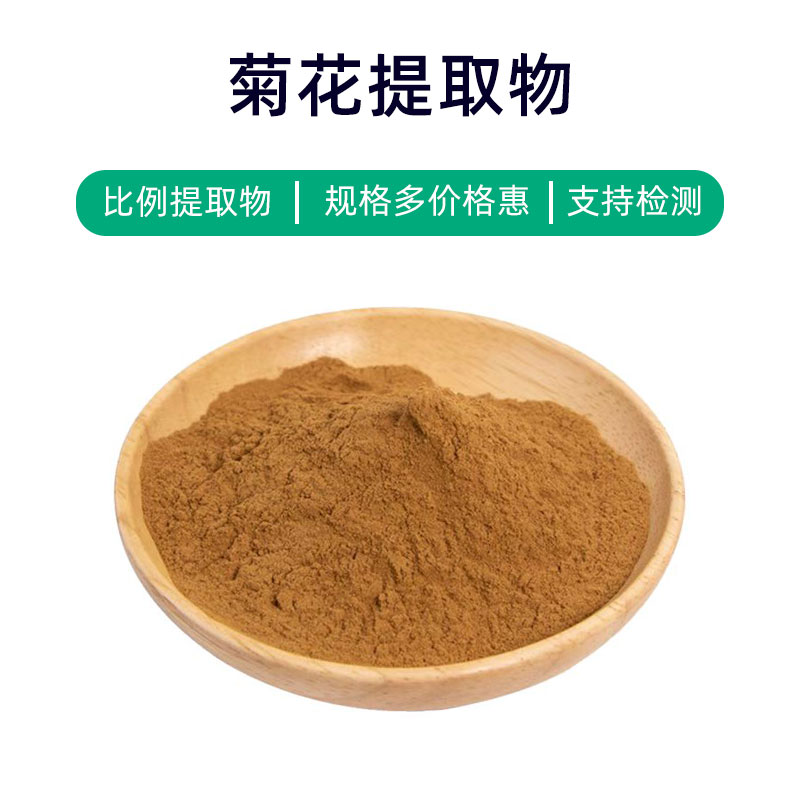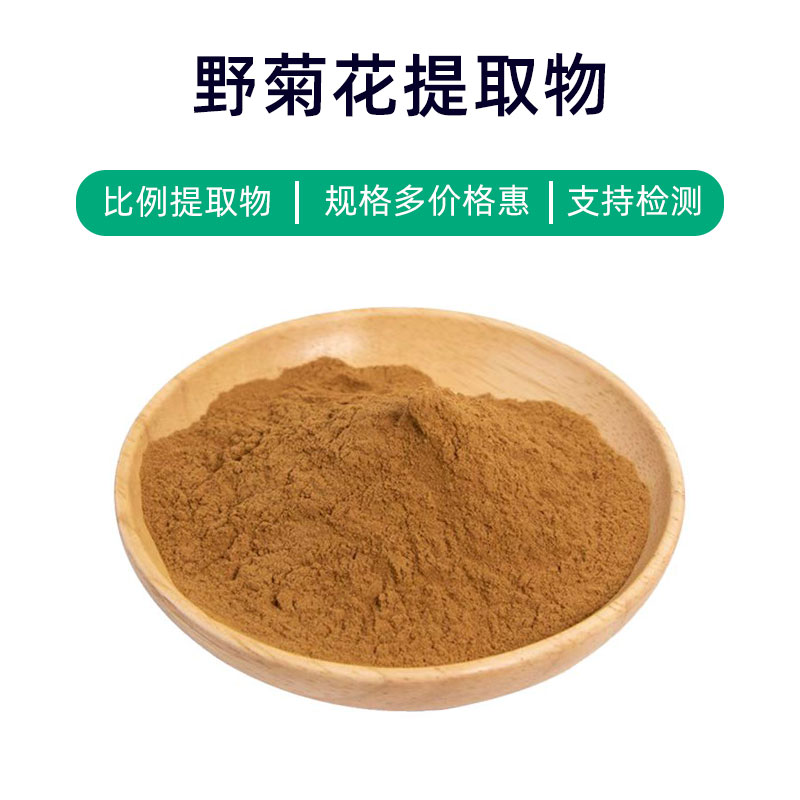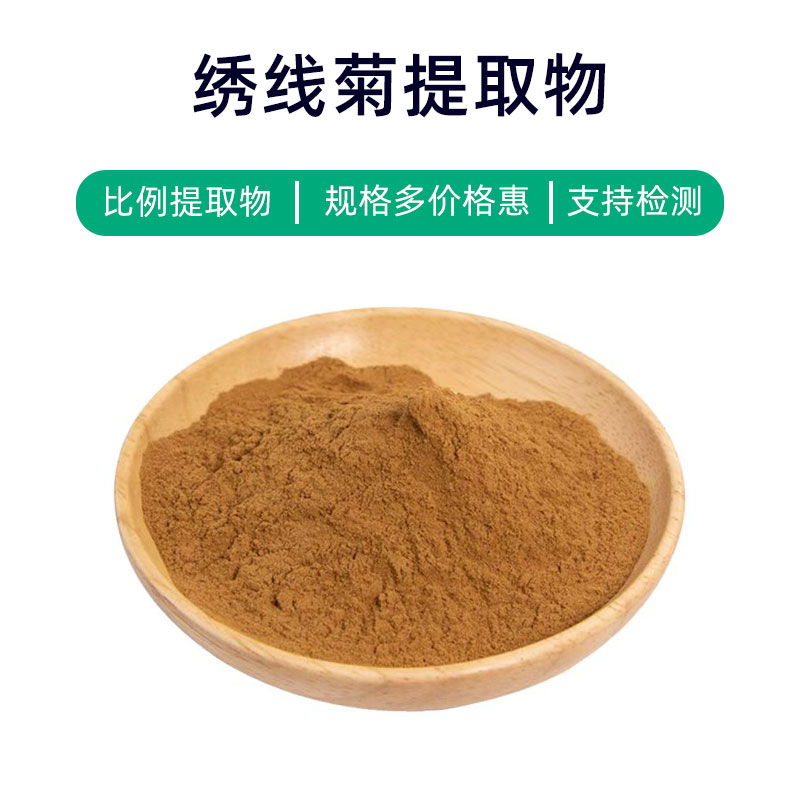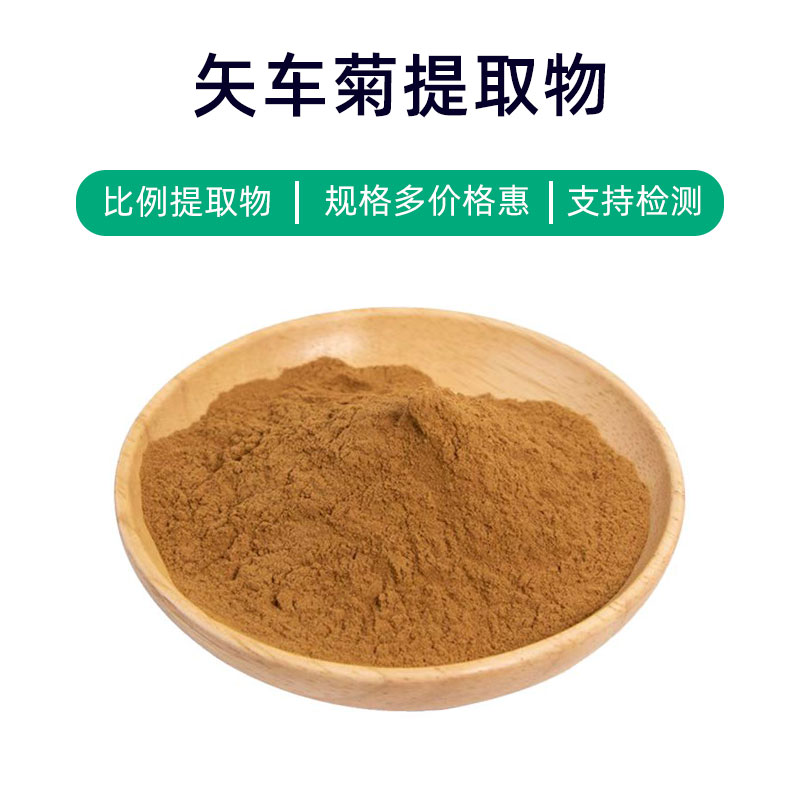Introduction to Ligustrum Leaf Extract
Ligustrum leaf extract is a natural plant extract derived from the leaves of the Ligustrum tree, with main components including ligustrum leaf glycosides, acidic substances, and various phenolic compounds. It has a wide range of application value in pharmaceuticals, health supplements, and cosmetics.
In terms of key components, Ligustrum leaf extract is rich in ligustrum leaf glycosides, a compound with antioxidant and anti-inflammatory properties that help maintain cell health and slow down the aging process. Additionally, the acidic substances and phenolic compounds also offer some health benefits, aiding in skin condition improvement and promoting blood circulation.
In the pharmaceutical field, Ligustrum leaf extract is commonly used in formulating traditional Chinese medicine preparations, such as those with benefits for liver and kidney nourishment and strengthening bones and muscles. In health supplements, it is widely used in anti-aging products and antioxidants to enhance body resistance and improve bodily functions. Furthermore, Ligustrum leaf extract is often found in cosmetics as a skincare ingredient that helps moisturize the skin and reduce fine lines.
Overall, Ligustrum leaf extract has multiple benefits, including antioxidant, anti-inflammatory, liver and kidney nourishment, and promoting blood circulation, making it suitable for use in pharmaceuticals, health supplements, and cosmetics, with broad application prospects.
Production Process of Ligustrum Leaf Extract
The production process of Ligustrum leaf extract typically includes the following main steps:
- Raw Material Collection and Preparation: First, fresh Ligustrum leaves need to be collected as raw material for the extract. After collection, they should be immediately cleaned and processed to remove impurities and ensure the freshness and quality of the leaves.
- Grinding and Crushing: The cleaned Ligustrum leaves are ground and crushed to increase their surface area, facilitating the subsequent extraction process.
- Solvent Extraction: The crushed Ligustrum leaves are mixed with an appropriate amount of solvent (such as ethanol or ethyl acetate) and soaked with stirring for a certain period to allow the active ingredients in the leaves to fully dissolve in the solvent.
- Filtration and Concentration: The dissolved mixture is filtered to remove solid residues, yielding a solution containing Ligustrum leaf extract. This solution is then concentrated to remove the solvent, resulting in a concentrated extract.
- Impurity Removal: Further impurity removal is performed on the concentrated extract to ensure its purity and quality.
- Drying: The purified extract is dried to reduce its moisture content below a certain standard, facilitating further processing and storage.
- Crushing and Sieving: The dried extract is crushed and sieved to obtain a powdered extract that meets the requirements.
- Packaging and Storage: Finally, the Ligustrum leaf extract is packaged using appropriate materials and methods to ensure product quality and stability, followed by storage management to avoid moisture and direct sunlight that may affect product quality.
Through these steps, high-quality, pure Ligustrum leaf extract can be produced for applications in pharmaceuticals, health supplements, and cosmetics.
Effects and Side Effects of Ligustrum Leaf Extract
Ligustrum leaf extract is a commonly used plant extract with multiple benefits, including the following aspects:
- Antioxidant Effect: Ligustrum leaf extract is rich in polyphenolic compounds, which have strong antioxidant properties that can neutralize free radicals in the body, protecting cells from oxidative damage and slowing down the aging process.
- Anti-Inflammatory and Antibacterial Effects: The active components in Ligustrum leaf extract have a certain inhibitory effect on inflammatory responses and bacteria, making it beneficial for improving skin inflammation, eczema, and relieving oral inflammation.
- Inhibition of Tumor Cell Growth: Some studies indicate that certain components in Ligustrum leaf extract have the potential to inhibit tumor cell growth, showing some anti-tumor potential, but more clinical research is needed to confirm specific effects.
- Improvement of Blood Circulation: Ligustrum leaf extract has a certain dilating effect on blood vessels, improving blood circulation and reducing blood viscosity, which may help prevent cardiovascular diseases.
- Liver Protection: Some components in Ligustrum leaf extract protect the liver, promoting liver cell regeneration and reducing liver damage, providing auxiliary treatment for individuals with poor liver function or liver disease.
- Blood Pressure and Blood Sugar Reduction: Some active components in Ligustrum leaf extract exhibit certain blood pressure and blood sugar-lowering effects, which may help regulate conditions for those with hypertension or high blood sugar.
Despite the numerous benefits of Ligustrum leaf extract, attention should be paid to the following points during its use:
- Consult a doctor or pharmacist before use to understand suitable populations and dosage.
- Follow product instructions or medical advice regarding dosage to avoid excessive use.
- Caution is advised for pregnant women, breastfeeding mothers, and children; use or consult a doctor first as needed.
- Discontinue use and seek medical advice immediately if allergic reactions or discomfort occur.
In summary, Ligustrum leaf extract has noteworthy health benefits and auxiliary therapeutic effects, but caution should be exercised during use, following medical advice to avoid adverse reactions.
Application Scenarios, Dosage, and Usage of Ligustrum Leaf Extract
Ligustrum leaf extract has a wide range of applications in pharmaceuticals, food, and cosmetics. Below is a presentation of its applications and dosages across different fields:
- Applications in Pharmaceuticals:
- Antioxidant Health Care: Ligustrum leaf extract, used as a natural antioxidant, is often used in the preparation of antioxidant health supplements to improve oxidative stress and cellular damage. Dosage: Once daily, taking 100-200 mg each time.
- Anti-Inflammatory and Analgesic: Ligustrum leaf extract can inhibit inflammatory responses and may improve conditions such as rheumatoid arthritis and skin inflammation. Dosage: For oral or topical use, as directed by a physician, usually taken 1-2 times daily.
- Applications in Food:
- Functional Food Additive: Ligustrum leaf extract, acting as a natural antioxidant and preservative, can be used in meat products, fruit and vegetable juices, dairy products, etc., to preserve and enhance nutrition. Dosage: Controlled as per food additive standards, generally 1-5 grams per kilogram of food.
- Tea Beverages: Ligustrum leaf extract can be used in tea preparations to provide antioxidant and anti-inflammatory health effects. Dosage: Add 0.5-1 gram of Ligustrum leaf extract per cup of tea.
- Applications in Cosmetics:
- Antioxidant Skincare Products: Ligustrum leaf extract can be added to skincare products as an antioxidant ingredient to address skin aging issues. Dosage: Use according to product instructions, typically 1-2 times daily.
- Sunscreen Products: Ligustrum leaf extract has some resistance to UV rays and can be used in sunscreen products to enhance sun protection effects. Dosage: Use as directed by the product instructions, applying when going outdoors.
Overall, Ligustrum leaf extract holds significant application value across pharmaceuticals, food, and cosmetics, but specific usage and dosage need to be adjusted according to product type and purpose, adhering to relevant standards and medical guidelines. During use, attention should be given to product quality and purity to avoid adverse reactions from excessive or improper use.
Introduction to the Source Plant of Ligustrum Leaf Extract, Distribution, and Growth Environment
Ligustrum leaves (scientific name: Rubus chingii) are a common shrub belonging to the Rosaceae family and the Rubus genus. Here are details regarding the source plant of Ligustrum leaf extract, its distribution, and growth environment:
- Plant Overview: Ligustrum leaves are a perennial evergreen shrub, typically growing between 1-3 meters in height, with a loose crown and slightly spiny stems. The leaves are ovate or elliptical with serrated edges, dark green on the upper surface, and lighter underneath. Flowering typically occurs in spring, with flowers that are white or pink, followed by red or black berries that can be harvested for consumption or extraction of active components.
- Distribution: Ligustrum leaves are widely distributed in subtropical and temperate regions, primarily growing in mountainous areas, forest edges, and beside streams as well as in open woodland and grasslands. In China, Ligustrum leaves are commonly found in the mountainous and hilly areas of South China, East China, and Central China.
- Growth Environment: Ligustrum leaves have no stringent requirements for their growth environment and are highly adaptable. Their common growth environments include:
- Soil: Adapt well to a variety of soils, favoring loose, fertile soils, and can tolerate different pH levels.
- Sunlight: Prefer full sunlight but can also thrive in partially shaded environments.
- Moisture: Require moderate moisture, not drought-resistant, and prefer a humid environment; however, they can grow well in well-draining soils.
Overall, Ligustrum leaves are a resilient and widely distributed shrub that can thrive in varied growing conditions across different regions. Its wide distribution range also provides a rich resource and utilization value for people.
Processing and Storage of Ligustrum Leaf Extract
The processing and storage of Ligustrum leaf extract require specific methods to ensure quality and stability. Generally, the processing steps include:
- Collection: Select fresh, pest-free Ligustrum leaves for collection, avoiding contamination and damage.
- Cleaning: Wash the collected Ligustrum leaves to remove surface impurities and dirt, ensuring cleanliness.
- Drying: Properly dry the cleaned Ligustrum leaves, using air drying or low-temperature drying methods to maintain appropriate moisture levels.
- Crushing: Crush the dried Ligustrum leaves to a powdered form, facilitating the extraction of active components.
- Extraction: Use appropriate extraction methods (e.g., water extraction, ethanol extraction) to extract the active components from the Ligustrum leaves.
- Filtration: Filter the obtained liquid from the extraction to remove impurities and residues.
- Concentration: Concentrate the filtered liquid to obtain a concentrated solution.
- Drying: Dry the concentrated solution to yield a dry extract.
As for storage, Ligustrum leaf extract should be kept in a cool, dry, well-ventilated area, avoiding direct sunlight and high temperatures. Sealed containers can be used for storage to prevent moisture and air from entering, ensuring the stability and shelf life of the extract. Additionally, it is important to regularly check the appearance and quality of the extract and address any abnormal changes promptly.
Monica Sun is a seasoned expert in the plant extraction industry with over a decade of experience in research and production. She specializes in the extraction and purification of plant active ingredients, focusing on driving innovation in natural product applications. Monica has participated in the development of multiple functional plant extracts, delivering high-value natural raw material solutions for the health food, pharmaceutical, and dietary supplement sectors.









